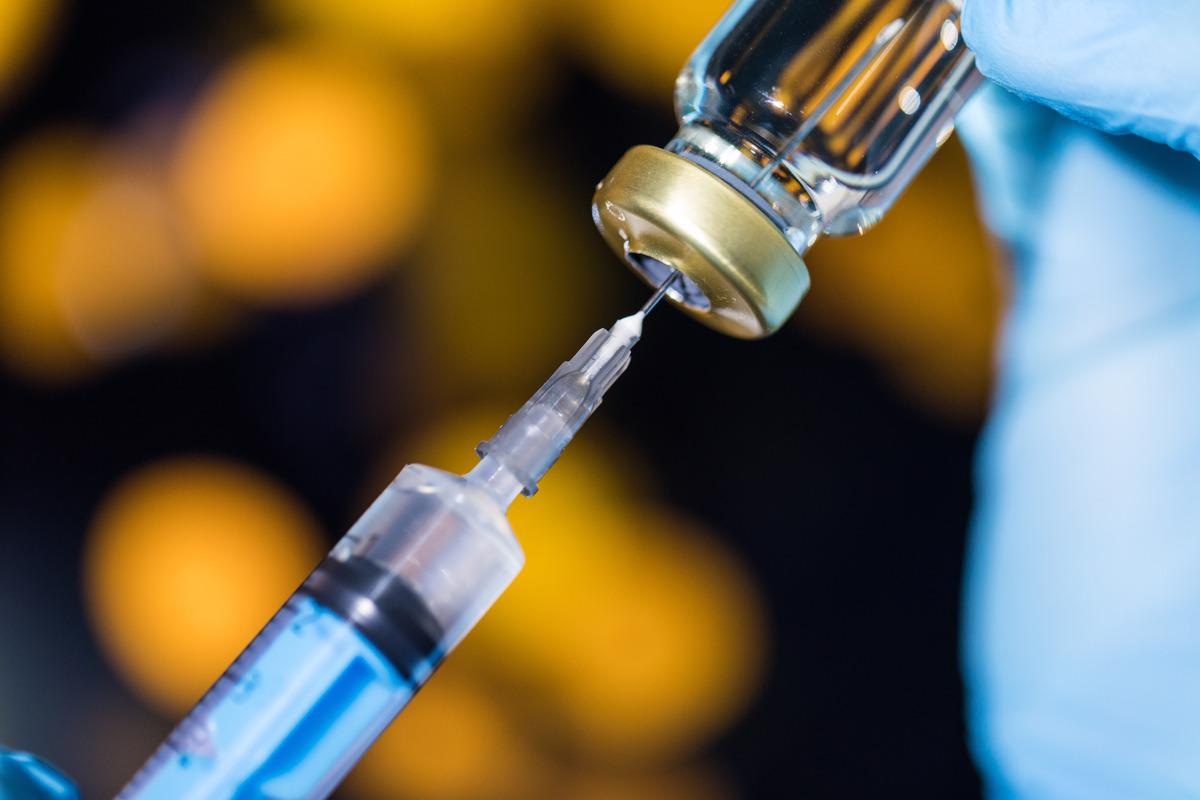 By Neha MathurReviewed by Danielle Ellis, B.Sc.Apr 28 2022
By Neha MathurReviewed by Danielle Ellis, B.Sc.Apr 28 2022In a recent paper published in the Human Vaccines & Immunotherapeutics, researchers evaluated the performance and safety of nano alum adjuvant as next-generation coronavirus disease 2019 (COVID-19) vaccine antigens. They also discussed the preparation methods and potential applications of the nano alum-based vaccine adjuvant.
 Study: Nano alum: a new solution to the new challenge. Image Credit: F8 studio/Shutterstock
Study: Nano alum: a new solution to the new challenge. Image Credit: F8 studio/Shutterstock
Alum remained the first choice as an adjuvant for vaccines for decades until recently. Research reports began to point at their flawed mechanism of action that compromised immune responses, raising safety concerns. Henceforth, researchers began considering aluminum salts nanoparticle (nano alum) as a vaccine adjuvant to manipulate the immune response.
Typically, nano alum particles are ~0.5–10 μm, easily sterilized via 0.2 μm filters. Due to their high surface/volume ratio, nano alum adjuvanted vaccines take much less time to evaluate in vitro relative potency (IVRP).
Studies have demonstrated that high-pressure sterilization does not affect their physical properties. Additionally, nano alum with high feasibility of preparation and antigen absorption is soluble in desorption buffers.
Nano alum vis-à-vis conventional alum adjuvant
Animal studies have shown that, compared to conventional alum-adjuvant, nano alum penetrates the lymph node and persists in high concentrations for around 24 hours. More importantly, antigens absorbed on their surface co-deliver into lymph nodes resulting in high antigen accumulation at 55.7- and 34.7-folds in macrophage and dendritic cells (DC), respectively.
Another study showed that due to the high surface hydroxyl content of nano alum, nano alum-based adjuvant could generate more reactive oxygen species (ROS), initiating vigorous activation of the NLR family pyrin domain containing 3 (NLRP3) inflammasome and interleukin-1β (IL-1β) secretion. Thus, it is feasible to develop potent alum-based adjuvants that induce both T helper cells 1 (Th1) and Th2 immune responses.
Preparation methods of nano alum and their safety profile
The authors discussed two principal methods/approaches for nano alum preparation – top-down and bottom-up. The first approach obtained nano alum by gradually decreasing the dimension of alum microparticles on the hydrogel. The other preparation method relied on co-precipitation of nano alum from aluminum salts. Sun et al. used the bottom-up approach to synthesize a library of aluminum oxyhydroxide [AlO(OH)] nanorods in different shapes.
Only a few studies have evaluated the interactions between nano alum and antigens. Antigens could adsorb to nano alum adjuvants through static electric and hydrophobic interactions. Additionally, antigens also covalently coupled with alum nanoparticles. Nevertheless, the antigen-nanoparticle conjugation gives more stability to antigens and a high possibility for co-delivery into the lymph node.
The smaller antigens easily adsorb to 100-200nm nano alum; however, antigens of size greater than 50nm, such as virus-like particles (VLP), would form heterogeneous aggregates. Owing to their large dimensions, interactions between nano alum and VLPs could be characterized using surface plasma resonance (SPR), and fluorescence tagged microscopy.
The safety and potential side-effects of alum adjuvants are largely unknown. However, scientists have traced the injected aluminum adjuvant using isotope Al26 and studied their in vivo distribution. These studies revealed that less than 1% of soluble aluminum remained in the bloodstream two days following intravenous vaccine administration.
Depending on the amount and type of alum adjuvant used, alum-based adjuvant showed apparent side effects. Studies claimed some aluminum deposited in the brain via vaccine impaired one’s behavior and neuropathology. Presumably, nano alum could alleviate all such concerns.
Due to their smaller size, it is difficult to ascertain their biodistribution and estimate whether they could penetrate the blood-brain barrier. Studies have shown that the toxicity of aluminum nanoparticles is associated with their in vivo stability and surface modification. Plus, these surface properties determine how quickly would nano alum dissolve into Al3+ ions and be eliminated by urine.
Conclusions
The study highlighted that owing to their relatively small size, nano alum has a powerful immune enhancement effect enabling it to be a remarkable substitute for conventional alum adjuvant. For instance, some complex adjuvants, such as AS04, could use nano alum to provide more binding sites for monophosphoryl lipid A (MPLA) and improve the performance of this adjuvant system.
The elimination of tumor cells requires a strong cellular immune response. A recent report indicated that a nano alum-based vaccine effectively inhibited tumors in animal models. Therefore, nano alum-based vaccines could be used for designing anti-tumor vaccines.
With the emergence of the COVID-19 pandemic, more powerful and inexpensive vaccine adjuvants are in demand. For most antigens, available sites for conjugation are limited, especially those not compromising bioactivity. Therefore, there is a need to evaluate the feasibility of conjugating antigens with nano alum, especially the relative potency post conjugation. Studies have suggested that the nanoparticle shape also contributes significantly to determining the potential toxicity.
Although nano alum could offer a potential solution to all the challenges raised by the COVID-19 pandemic concerning vaccine development, the safety and purity of the obtained material would be the deciding factor in determining their clinical usage as a vaccine adjuvant. Therefore, the authors recommended a comprehensive investigation of potential secondary issues with nano alum adjuvant, especially their biodistribution before dissolution.